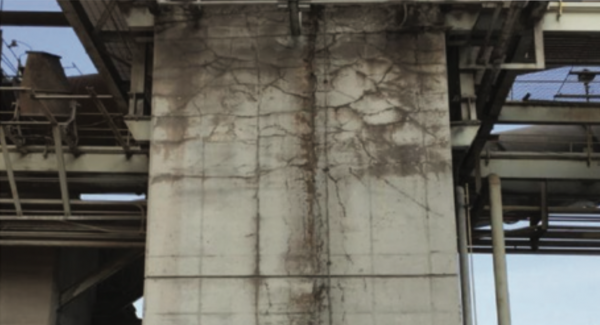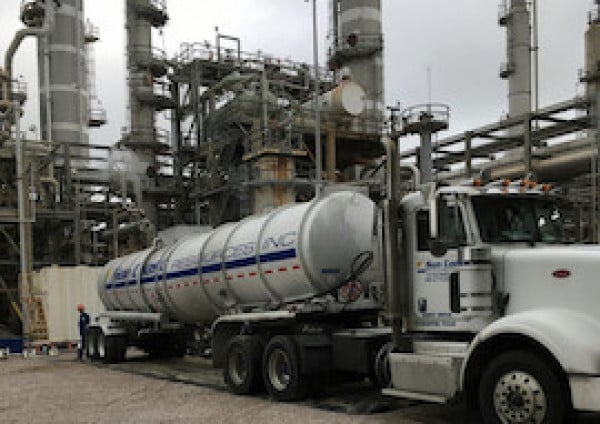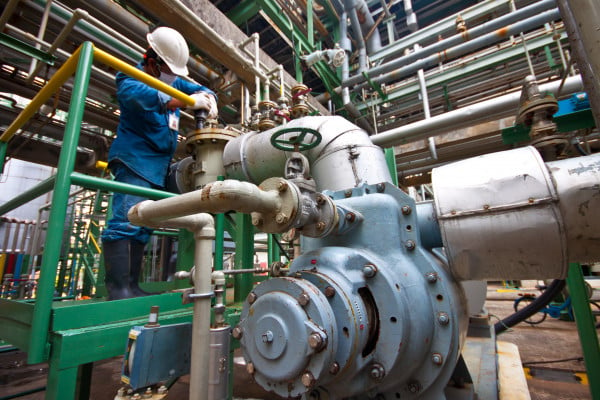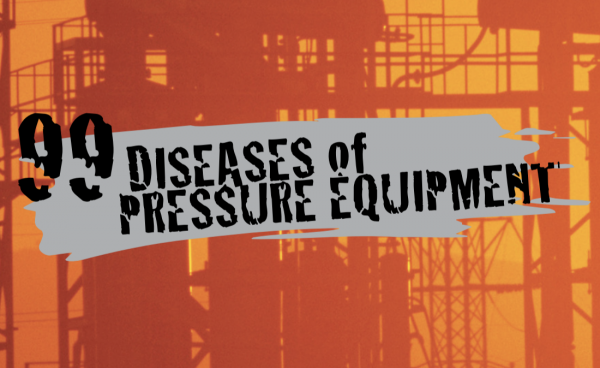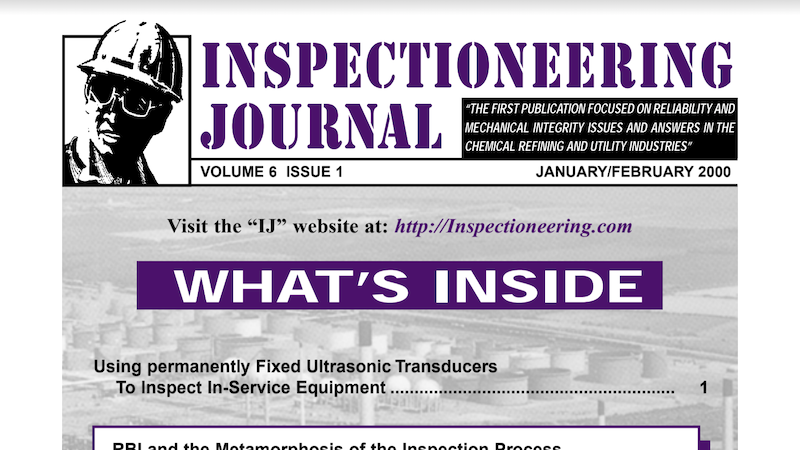Rotating Equipment is a term generally used in the oil and gas and process industries to describe mechanical components that use kinetic energy to facilitate the movement and processing of fluids, gases, and various process materials. Rotating equipment includes, but is not limited to pumps, compressors, fans and blowers, turbines, gearboxes, and agitators and mixers.
Despite the vital role of rotating equipment in most operations, it is often managed separately from fixed equipment due to its distinct design, maintenance, and inspection requirements. Also, the majority of recognized and generally accepted good engineering practices (RAGAGEPs) for rotating equipment pertain to the design, fabrication, and installation of the equipment. As such, most of the inspection and testing requirements are derived from the manufacturer’s recommendations, common industry practices, and operating experience and history.
Common Rotating Equipment
Pumps
Pumps are responsible for moving fluids from one location to another. Pumps come in various types, such as centrifugal pumps and positive displacement pumps, each designed for specific applications. Centrifugal pumps rely on the centrifugal force generated by a rotating impeller to transport fluids.
Maintenance of pumps typically involves monitoring seals, impellers, and bearings, and performing regular inspections to prevent leaks and optimize efficiency.
Compressors
Compressors play a crucial role in altering gas or air pressure within industrial setups. They encompass two primary categories: centrifugal and reciprocating. Centrifugal compressors utilize rotating impellers to elevate gas pressure, while reciprocating compressors rely on piston-driven mechanisms for compression.
Maintenance routines for compressors entail meticulous checks on seals, valves, and piston mechanisms, alongside comprehensive assessments to ensure optimal pressure and minimal energy losses.
Fans and Blowers
These components facilitate air or gas movement within industrial systems, offering ventilation or pressure alterations. Fans and blowers operate across various scales and purposes, from air circulation to cooling systems, aiding combustion, and maintaining optimal environmental conditions within processing units.
Maintenance practices for fans and blowers concentrate on inspecting blades, bearings, and motor operations, ensuring sustained functionality and minimizing potential disruptions.
Turbines
Turbines serve as energy conversion mechanisms, transforming fluid or gas energy into mechanical power. Gas turbines and liquid turbines represent two fundamental categories, each tailored to specific applications such as power generation or propulsion systems.
Maintenance protocols for turbines encompass rigorous checks on rotor blades, combustion systems, and overall system performance to ensure sustained efficiency and mitigate operational risks.
Gearboxes
Gearboxes are instrumental in adjusting the speed and torque of rotating equipment. Their role involves transmitting power between rotating components, necessitating precise gear alignments and lubrication to mitigate wear and enhance operational longevity.
Maintenance procedures for gearboxes revolve around regular lubrication, gear inspections, and alignments to prevent mechanical failures and optimize performance.
Agitators and Mixers
Agitators and mixers facilitate homogeneous blending or stirring of materials within containers or processing vessels. They play a pivotal role in achieving consistent product quality and chemical reactions.
Maintenance routines involve examining agitation mechanisms, shafts, and motors, ensuring smooth operations and consistent mixing capabilities.
Related Topics
- Aboveground Storage Tanks (ASTs)
- Boiler Tubes
- Boilers
- Bolts
- Coker Units
- Cooling Towers
- Crude Distillation Unit (CDU)
- Deaerators
- Fired Heaters
- Fixed Equipment
- Flanges
- Flare Systems
- Furnace Tubes
- Glass-lined Equipment
- Heat Exchangers
- HF Alkylation Units
- Hydrocracking Unit
- Hydrotreater
- Piping
- Pressure Relieving Devices (PRDs)
- Pressure Vessels
- Vacuum Distillation Unit (VDU)
- Valves
Relevant Links
Topic Tools
Share this Topic
Contribute to Definition
We welcome updates to this Integripedia definition from the Inspectioneering community. Click the link below to submit any recommended changes for Inspectioneering's team of editors to review.
Contribute to Definition


